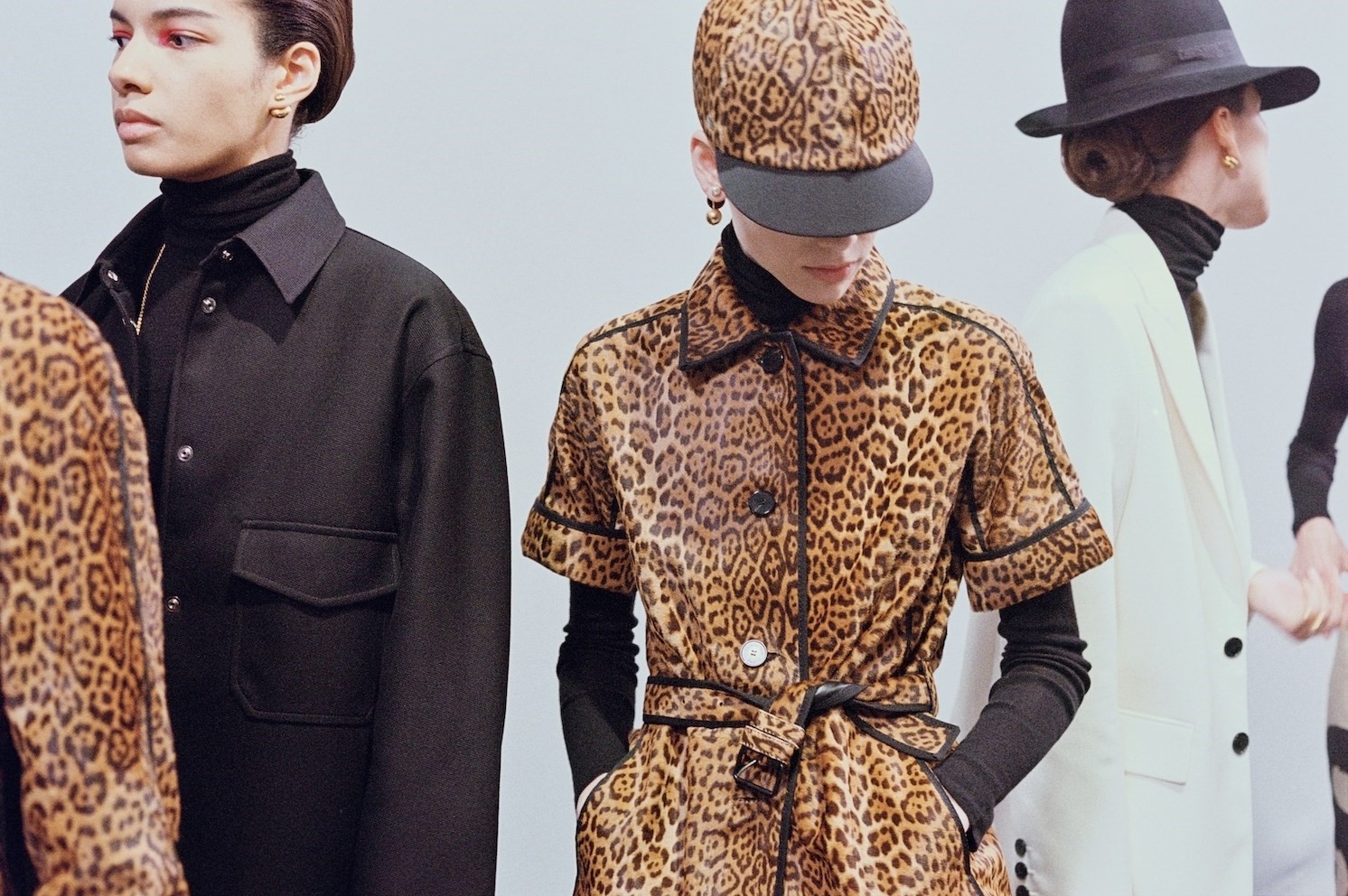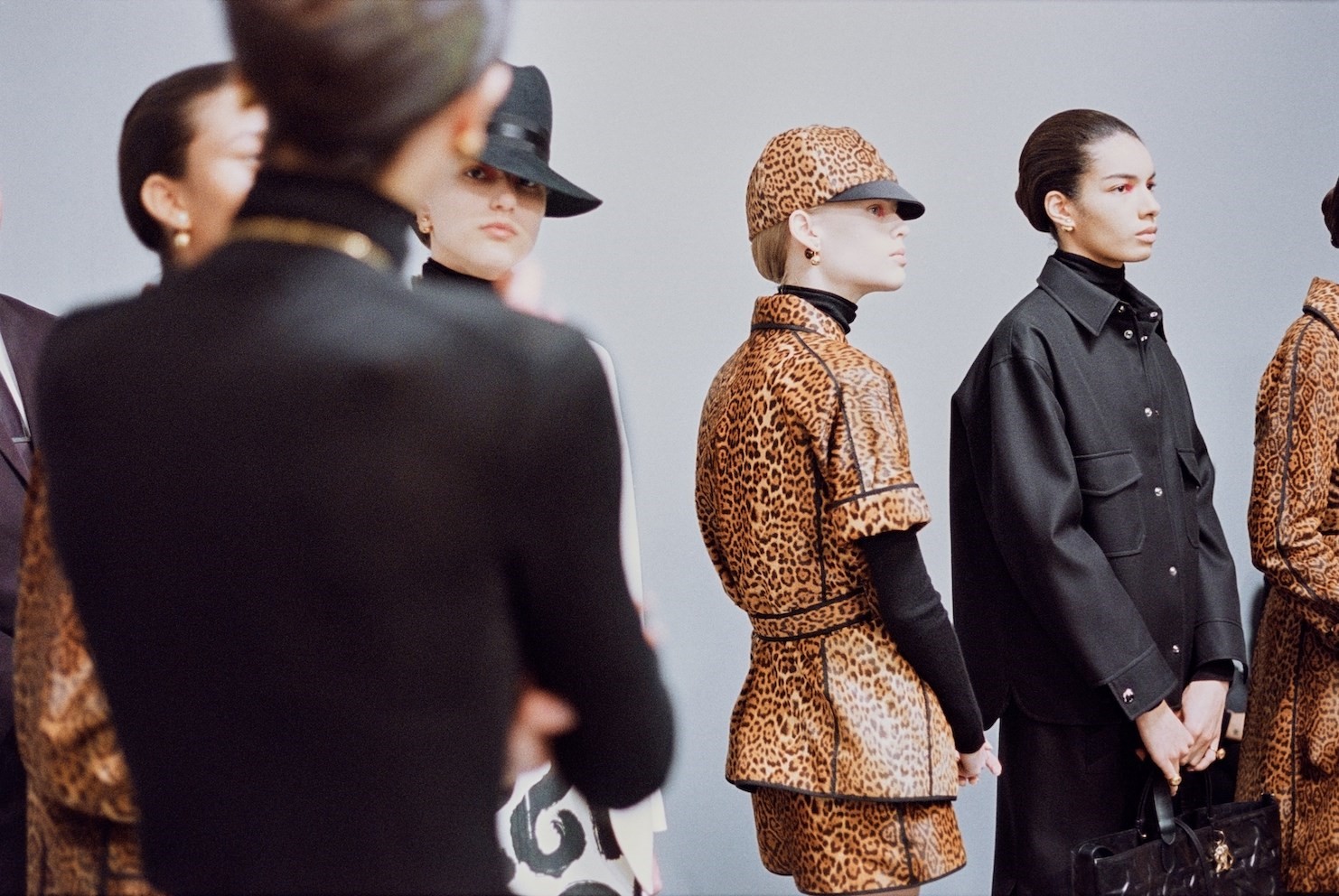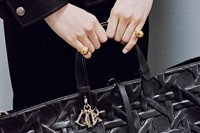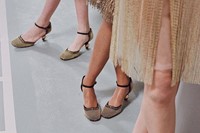Maria Grazia Chiuri is a resolute pragmatist, a realist. So it made absolute sense that her Autumn/Winter 2024 Dior ready-to-wear collection was grounded not in the impossible assimilation of haute couture by industrial means but, rather, in the birth of the house’s first true prêt-à-porter line in 1967. In that, she was also championing the legacy of the late Marc Bohan, another realist and modernist who invented that line, christened Miss Dior. Dior wasn’t the first couture house to introduce a ready-to-wear label of custom-designed pieces, rather than pale imitations of couture models – historically, that credit is afforded to Yves Saint Laurent’s Rive Gauche, but other couturiers such as André Courrèges and Pierre Cardin debuted their own off-the-rack lines around the same time. Dior, however, was the first historical couture house to do so – their greatest rival Cristobal Balenciaga closed his doors a year after, in part because of a refusal to kowtow to the shifting demands of ready-to-wear.
I remember once speaking to Pierre Berge, Yves Saint Laurent’s business and life partner, about the foundation of their Rive Gauche line. It was shortly before his death in 2017, and he asked me to imagine a world without the designer boutique – which, then as today, proved nigh-on impossible. But that is how Paris in the 1960s was, until these couture houses opened and began to sell their clothes en masse (London was slightly ahead, with the likes of Mary Quant, Granny Takes a Trip and Biba, but still it was a rarity).
“It was for a new generation who did want to fit clothes for days – they wanted immediacy,” said Chiuri backstage before her show. “The language of these women was completely different.” For Chiuri, ready-to-wear back then wasn’t just about selling more clothes to more people – it was a shift of idiom and ideology, from a rarefied couture house to a true global brand. Alongside a brand comes – naturally enough – branding. Bohan introduced the Dior oblique logo still in use today, and also a ‘Miss Dior’ logo for the boutique – as with Rive Gauche, couture houses titled their ready-to-wear differently (Courrèges, for instance, called theirs ‘Couture Future’). “He found a balance between the historical values of the house and a new woman,” said Chiuri. It was no surprise that she said Bohan was the creative director she feels most connected to.
So this Dior show trod a 1960s route, rather than echoing the foundational hourglass silhouette of the Tailleur Bar, the keynote look of Dior’s debut New Look. That look – Bar and the collection as a whole – is currently being lionised via a (slightly dodgy but well-funded) ‘factional’ ten-part series on Apple TV, where Christian Dior is slimmed-down and sexed-up in the form of Ben Mendelsohn, who bears little similarity to a man Cecil Beaton once cruelly described as resembling “a bland country curate made out of pink marzipan”. Chiuri commented on how difficult that couture silhouette has been to industrialise – “really, the fit is for couture,” she murmured – and contrasted with Bohan’s chic, sleek, streamlined Sixties prêt-à-porter, which still seems modern today.

Despite the collection’s root in that look and thinking, ready-to-wear wasn’t a phrase Chiuri used, but rather “easy to wear.” That is the essential idea for herself as a designer and, more fundamentally, as a woman. So her evening dresses were embroidered like couture but cut like vests, hanging sleek and ramrod-straight to the floor. And perhaps in a nod to the May 1968 student riots that would upheave French society less than a year after Dior launched its ready-to-wear, the Miss Dior logo seemed daubed like graffiti over trenches, trouser-suits, neat knee-length skirts, and of course handbags. “We really need something that is beautiful, but functional too,” Chiuri reasoned. Which was a revolutionary viewpoint for women back in 1967, and may still be today.






